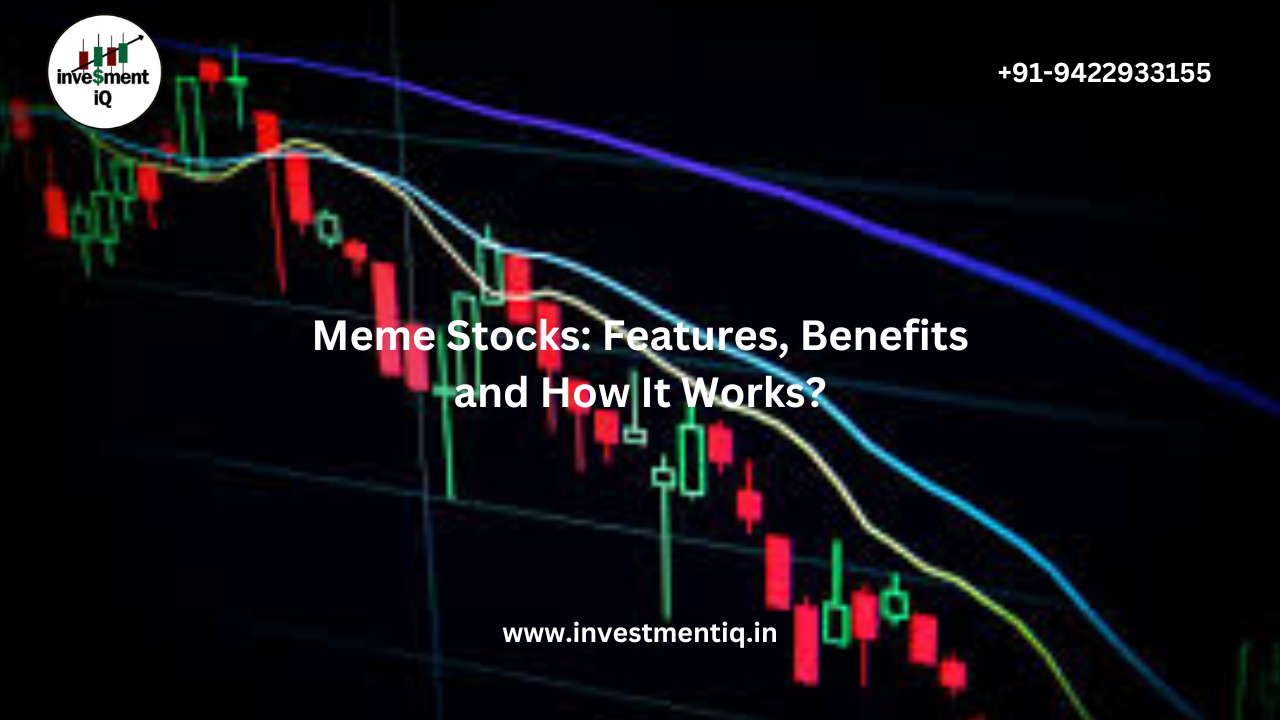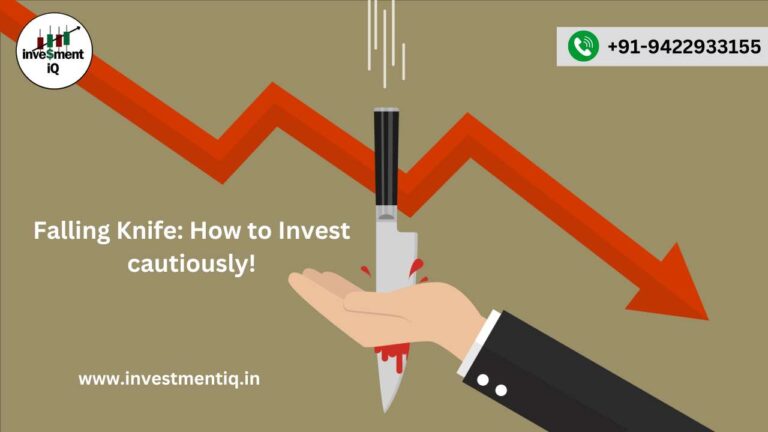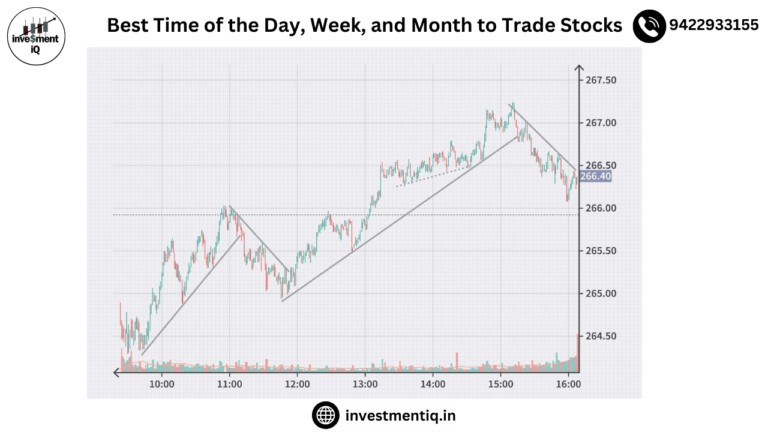Imagine you are walking down the street and there is a huge line of people outside a clothing store. You wonder what all the fuss is about and then you find out that a celebrity recently endorsed a particular clothing item from that store. Suddenly, everyone wants to buy that clothing item, even if it wasn’t that popular before.
Meme stocks are similar. They are like clothing stores that experience a sudden surge in popularity due to online promotions, often driven by social media and internet jokes (memes).
What is a meme stock?
A meme stock is the stock of a company that suddenly becomes popular among retail investors, primarily due to online discussions and social media hype. The term “meme” refers to a piece of content, usually humorous, that spreads quickly on the Internet. Likewise, meme stocks tend to spread like wildfire through online investing communities.
These stocks often have dramatic price changes that do not reflect the company’s financial health or performance. Instead, their value is driven by social media buzz, online trends, and the collective actions of individual investors.
How do meme stocks work?
Meme stocks work by harnessing the power of social media and online communities. Here’s a typical scenario:
1. A stock attracts attention: It might be undervalued, or there might be some news about the company.
2. Online conversation begins: Investors start discussing the stock on platforms like Reddit or Twitter.
3. Build momentum: More people join the conversation, creating a snowball effect.
4. The shopping frenzy begins: As interest grows, more investors buy the stock, causing its price to increase.
5. Increase in media coverage: News outlets reported the stock’s rise, attracting more attention.
6. Price rise: The increased demand causes a surge in stock price, often far beyond what conventional analysis would predict.
This process can happen incredibly quickly, sometimes in just a matter of days or even hours.
Features of Meme Stocks
Meme stocks have some unique characteristics that make them stand out:
1. High volatility: Prices can rise or fall rapidly, sometimes within a single day.
2. Strong online presence: These are widely discussed on social media and investment forums.
3. Deviating from the basics: The stock price often does not reflect the financial condition of the company.
4. Retail investor focus: They are more popular among individual investors than institutional investors.
5.Short squeeze capability: Many meme stocks have very high short interest, which can cause prices to rise dramatically.
6. Cultural relevance: These companies often attract younger investors or have a nostalgic appeal.
7. Dalit Story: Many meme stocks are seen as underdogs fighting against Wall Street.
Understanding these characteristics can help you identify potential meme stocks and their behavior.
Benefits of Meme Stocks
Although meme stocks are risky, they do offer some potential benefits:
1. Quick profits: If you invest at the right time, you could soon get significant profits.
2. Market access: Meme stocks have introduced many new investors to the stock market.
3. Opportunity to learn: They provide real-world lessons on market dynamics and investor psychology.
4. Possibility of change in the company: Attention and capital infusions could help struggling companies recover.
5. Democratization of investing: Meme stocks challenge traditional power structures in finance.
6. Community aspect: Investors can feel part of a larger movement or community.
7. Increase in market participation: He has encouraged more and more people to take interest in investing.
Remember, these benefits come with significant risks; not all investors will reap these benefits.
Examples of Meme Stocks
Many companies have become famous (or infamous) as meme stocks. Here are some notable examples:
1. GameStop (GME): Perhaps the most famous meme stock. In early 2021, its price rose from around $17 to nearly $500 in less than a month.
2. AMC Entertainment (AMC): The movie theater chain’s stock price increased several fold during the pandemic despite theaters being closed.
3. Blackberry (BB): BlackBerry, once a smartphone giant, has become a meme stock favorite in 2021.
4. Nokia (NOK): The Finnish telecommunications company experienced a surge in early 2021, thanks to the meme stock fervor.
5. Bed Bath & Beyond (BBBY): The home goods retailer became a meme stock in 2022, seeing massive price volatility.
In India, stocks such as IRCTC and ITC have at times shown meme stock characteristics, and have seen price fluctuations due to intense interest on social media.
The impact of meme stocks on the financial markets
Meme stocks have had a significant impact on the financial markets:
1. Increased volatility: They have introduced new levels of unpredictability to some stocks and sectors.
2. Regulatory scrutiny: Their rise has sparked discussion about possible new regulations in stock trading.
3. Changed trading strategies: Many investors and institutions have had to change their approach.
4. Democratization of finance: They have challenged the dominance of institutional investors.
5. New Financial Products: Some companies have created ETFs focused on meme stocks.
6. Media attention: They have drawn greater mainstream attention to stock market dynamics.
7. Changes in Platform: Some trading platforms have adjusted their policies in response to meme stock trading.
These effects reflect how meme stocks have transformed parts of the financial landscape, for better or worse.
Risks associated with investing in meme stocks
While meme stocks can be exciting, they come with significant risks:
1. High volatility: Prices can fall just as quickly as they rise, leading to huge losses.
2. Overvaluation: Meme stocks often trade at prices far above the fair value suggested by conventional analysis.
3. Manipulation concerns: There are concerns about potential market manipulation in meme stock trading.
4. Emotional decision making: The hype surrounding meme stocks can lead to impulsive, ill-considered investments.
5. Lack of fundamentals: The disconnect from the company’s performance means the price could drop at any time.
6. Time related difficulties: It is extremely difficult to determine the correct time for entry and exit in such volatile stocks.
7. Regulatory Risk: Potential new regulations could impact meme stock trading.
Always remember: Never invest more than you can afford to lose, especially in high-risk investments like meme stocks.
conclusion
Meme stocks represent a fascinating intersection of social media, pop culture, and finance. They have shaken up traditional investing norms and brought new energy to the stock market. However, they also come with significant risks and challenges. Whether you are involved with meme stocks or not, understanding this phenomenon is crucial to navigating today’s financial landscape.
\
you may be interested in this blog here:-
Full Stack Development Salary in India – 2024 Trends and Insights
All 35 Candlestick Chart Patterns in the Stock Market-Explained
How to Master the Candlestick Chart
Disclaimer: Investments in the securities market are subject to market risk, read all related documents carefully before investing.




